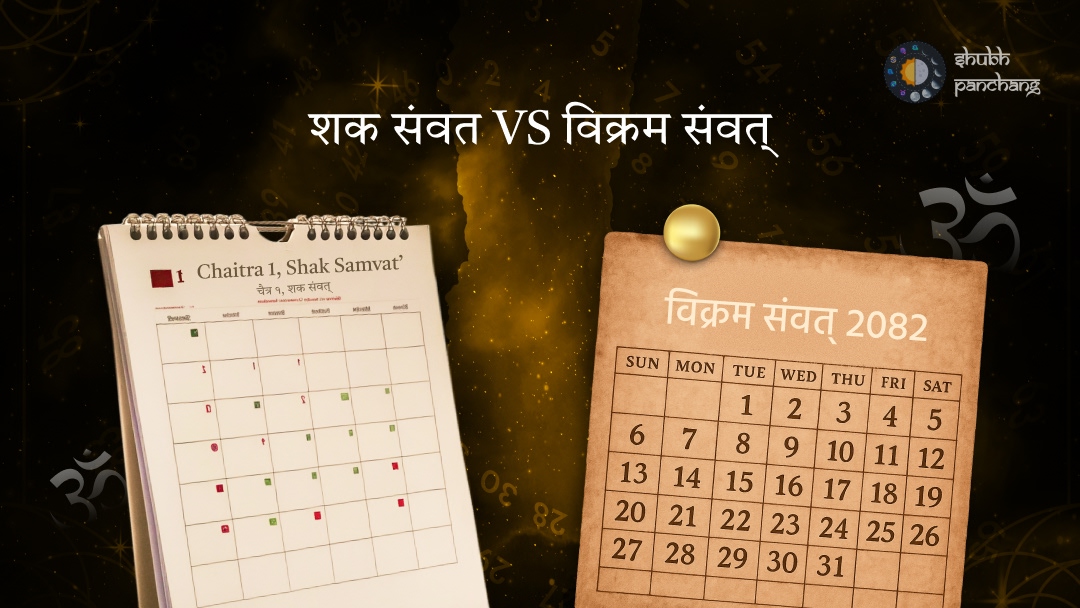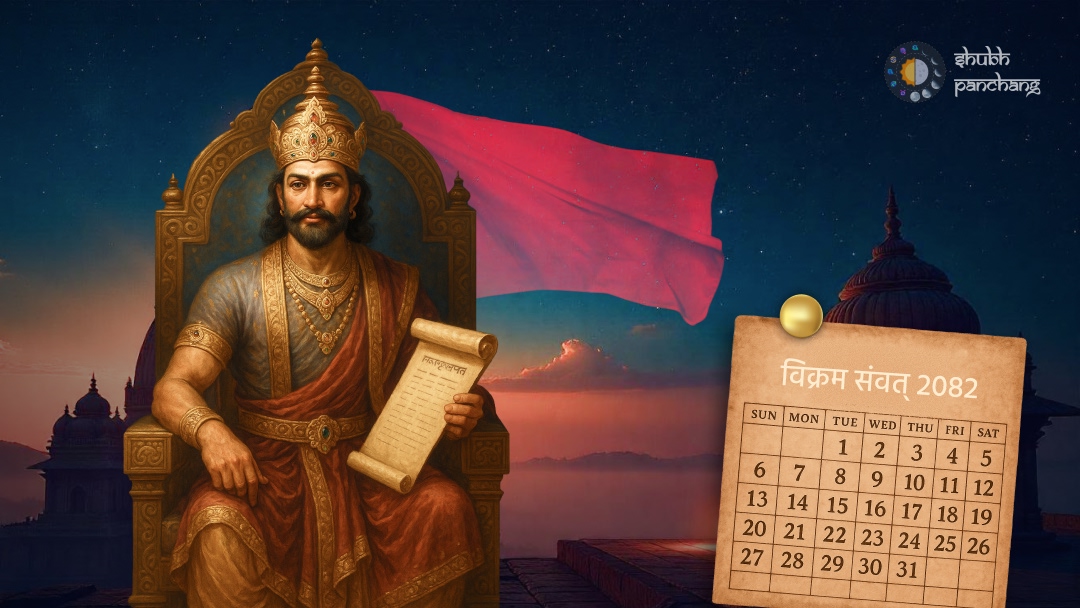
Deciphering Soram: The Solar Essence of Panchangam
Have you ever glanced at a Panchangam and felt a wave of ancient wisdom wash over you, only to be slightly puzzled by terms like 'Soram'? Well, you're not alone! After years of navigating the intricate pathways of Vedic astrology, I've come to appreciate the depth and accuracy encoded within these sacred almanacs. Let's unravel the mystery of Soram, or Sauram, together. It's more than just a word; it's a key to understanding how time is measured according to the solar system in the Panchangam, and its impact is significant, especially in certain regions of India. Think of the Panchang as your cosmic GPS, guiding you through the days, weeks, and months with insights aligned with the celestial dance.
Soram vs. Chandramana: Sun vs. Moon
So, what exactly *is* Soram? In essence, it refers to the solar aspect of the Panchangam. Remember, the Panchangam blends both lunar (Chandramana) and solar (Sauramana) calculations. Soram specifically highlights the importance of the Sun's position and its movement through the zodiac signs, the Rashis. I've noticed that newcomers to Vedic astrology often get caught up in the lunar cycles, which are indeed vital, but understanding the solar component offers a more comprehensive grasp of timing and its influence on our lives. To keep it simple, Soram is basically the calculation of time based on how the Sun moves across the sky.
The Dance of the Sun and Moon: Understanding the Difference
Now, let's talk about the difference between Sauramana and Chandramana. Chandramana, or the lunar system, is based on the Moon's phases and its journey through the Nakshatras (lunar constellations). This system is prominent in many parts of India and is often used for determining Tithis (lunar days) and certain festivals. On the other hand, Sauramana, the solar system, revolves around the Sun’s transit through the Rashis. Interestingly, the solar months are fixed and don't change with the Moon's phases. Imagine the Sun steadily marching across the sky, marking the passage of time with unwavering precision – that's Sauramana in action! I find that grasping this distinction is pivotal for understanding regional variations in festival celebrations.
Regional Significance: Where Soram Reigns Supreme
Here’s the thing: Sauramana Panchangam is primarily followed in regions like Tamil Nadu, Kerala, and parts of Bengal. For instance, in Tamil Nadu, the Tamil months are solar months, and festivals like Pongal are directly linked to the Sun’s transit into the Makara Rashi (Capricorn). Likewise, Kerala follows the Malayalam solar calendar, and festivals like Vishu are celebrated based on the solar New Year. After years of observing these regional customs, I've realized how deeply interwoven the Sauramana system is with the cultural fabric of these regions. It influences not just festival dates but also agricultural practices and daily routines. And what if I told you that knowing this can help you better plan your travels and participate more authentically in local traditions?
Decoding the Calculations: Solar Months and Sankranti
But how are the solar months and Sankranti timings calculated, you might ask? Well, the solar month begins when the Sun enters a new Rashi. This event is called Sankranti. For example, when the Sun enters the Makara Rashi, it's celebrated as Makara Sankranti. The timing of this transit is calculated with high precision using astronomical data. Initially, I thought it was all incredibly complex, but then I realized that it's based on centuries of careful observation and mathematical precision. What's fascinating is how these calculations, passed down through generations, continue to guide us in aligning our lives with the cosmic rhythms.
Soram's Influence: Festivals, Rituals, and Auspicious Dates
Soram plays a crucial role in fixing the dates of various festivals, rituals, and auspicious events. For instance, certain harvest festivals and solar New Year celebrations are determined based on the Sun’s position. In Tamil Nadu, the start of the Tamil month is considered auspicious for new beginnings. Similarly, in Kerala, Vishu marks the beginning of the Malayalam year and is a time for prosperity and renewal. From my experience, aligning important activities with these solar timings can bring a sense of harmony and enhanced success. And that's the beauty of the Panchangam – it's not just about knowing the dates; it's about understanding the energies at play and leveraging them for our benefit.
Embracing Soram: Practical Tips for Daily Life
Integrating Soram into your daily life might seem daunting at first, but it's easier than you think. Start by noting the Sankranti dates and observing how they align with seasonal changes in your region. Try to understand which festivals in your community are based on the solar calendar and participate in them with a deeper awareness of their significance. I've noticed that even a small step, like acknowledging the Sun's transit into a new Rashi, can bring a greater sense of connection to the natural world. So, take a moment to appreciate the Sun's journey across the sky and how it influences the rhythms of our lives. After all, the Panchangam is not just an ancient text; it's a living guide that can illuminate our path and bring us closer to the cosmic harmony.







